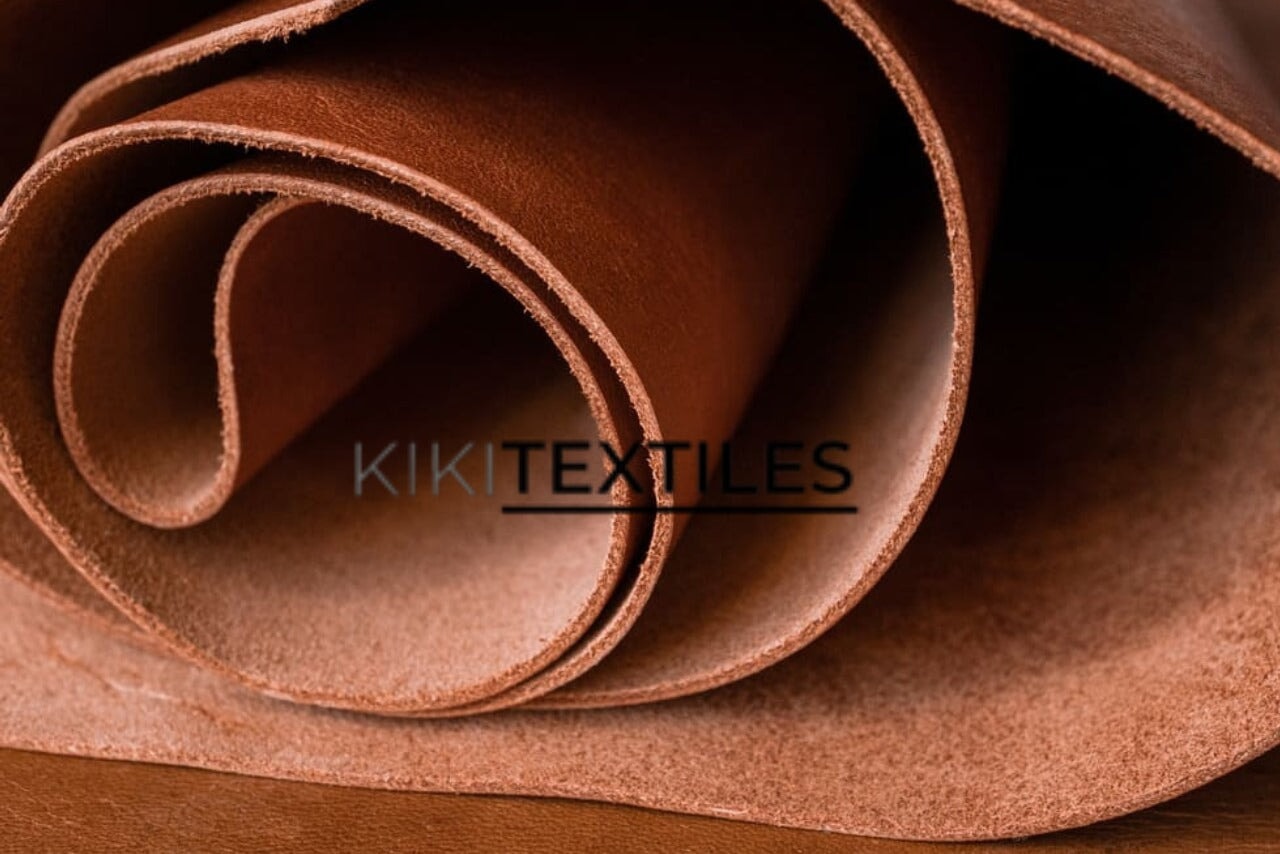Hem and its Types – A Brief Overview

Hems are a fundamental aspect of sewing that play a crucial role in finishing garments with a clean and polished appearance. Understanding what a hem is and the different types available can greatly enhance your sewing skills and the overall quality of your projects. Let's delve into the world of hems. What is heming? And explore their significance along with various types.
What is a hem?
In sewing, a hem refers to the edge of a piece of fabric that is folded over and stitched to create a finished, neat appearance. Hems serve several purposes, including preventing fraying, adding structure and weight to the garment, and providing a professional-looking finish. They are commonly found at the bottom of garments like skirts, dresses, and trousers, as well as along the edges of sleeves and other openings.
Also Read: How To Choose The Right Fabric For My Project Needs
Types of Hem:
- Single Fold Hem: Also known as a single-turned hem, this is the simplest type of hem where the raw edge of the fabric is folded over once and stitched in place. Single fold hems are often used for lightweight fabrics and can be sewn with a straight or decorative stitch, for example, a sleeve hem.
- Double Fold Hem: In a double fold hem, the raw edge of the fabric is folded over twice to encase it completely, creating a clean and sturdy finish. Double fold hem types are suitable for medium- to heavyweight fabrics and provide extra durability.
- Blind Hem: A blind hem is a type of hem that is nearly invisible from the outside of the garment. It involves folding and stitching the hem in a way that conceals the stitches on the right side of the fabric. Blind hems are commonly used on dress pants, skirts, and formal garments.
- Rolled Hem: Rolled hems are delicate and narrow hems that are often used on lightweight and sheer fabrics such as chiffon, silk, and organza. They are created by rolling the raw edge of the fabric tightly and stitching it in place with a narrow zigzag or straight stitch.
- Baby Hems: Baby hems are similar to rolled hems but are even narrower and more delicate in appearance. They are often used on fine fabrics for a subtle and refined finish. Baby hems are achieved by folding the fabric edge twice and stitching close to the fold.
- Faced Hem: A faced hem involves attaching a separate facing or strip of fabric to the raw edge of the hem. This method is often used for curved or shaped hems, where folding and stitching may be challenging. Faced hems provide structure and stability for the garment.
- Bias Tape Hem: Bias tape hems utilize bias tape, which is a strip of fabric cut on the bias (diagonal grain) for added stretch and flexibility. The bias tape is sewn along the raw edge of the hem and then folded over to encase it. Bias tape hems are commonly used on curved or circular hems. It is a common shirt hem type.
Conclusion:
In conclusion, hems are essential components of garment construction that provide both functional and aesthetic benefits. Understanding what’s a hem? and when to use them can greatly enhance the quality and professionalism of your sewing projects. Whether you're a beginner or an experienced seamstress in dress hemming, mastering the art of hems is a valuable skill that will elevate your sewing prowess. So, next time you're working on a sewing project, don't overlook the importance of a well-executed hem!














Leave a comment